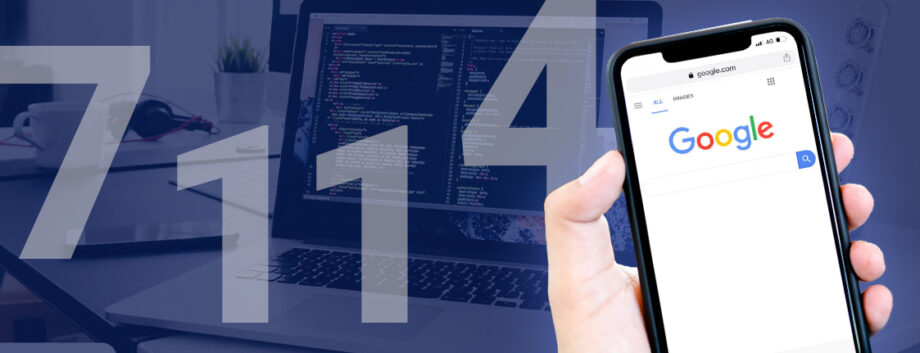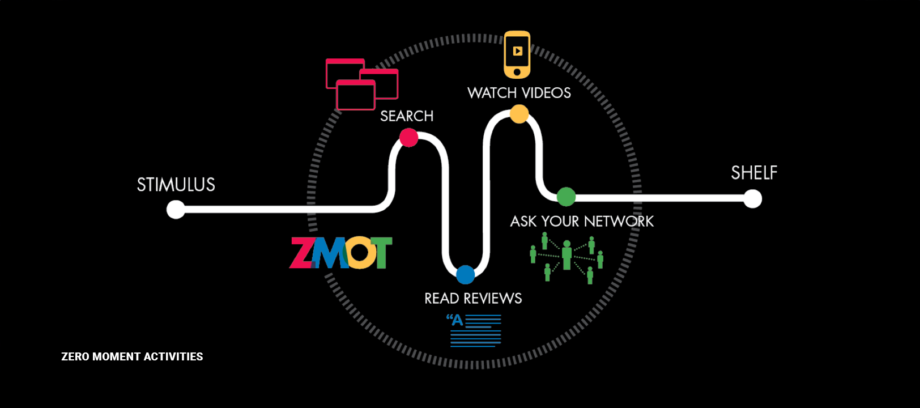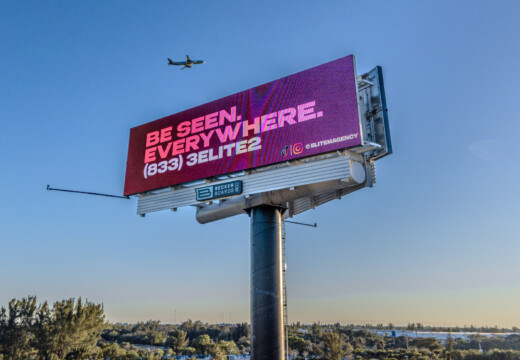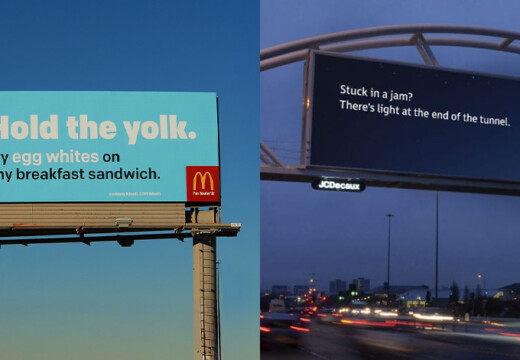
The film Focus (2015), starring Will Smith, is a subtle—yet extremely powerful—example of how messaging, particularly through repetition, influences our decisions.
The story follows Nicky, Smith’s character, who runs an underground theft ring using mind games to steal from the privileged. In a particularly award-worthy scene, Nicky bets a billionaire tycoon $2 million dollars that his girlfriend, played by Margot Robbie, will guess the number the betting addict has picked from all the players on the field.
Nicky trusts his “marketing ability” so much that he tells the tycoon he doesn’t need to write the number down, leaving it to Robbie to guess what’s in his mind.
To everyone’s surprise (except Nicky), she guesses 55—the correct number subtly hinted to Robbie by a familiar face on the field. Later, Nicky explains how they ‘primed’ the number throughout the day—from the hotel lobby to a stickpin on the doormat, and even over the radio where “Symphony for the Devil” played (which has 125 “woo woo’s,” translating to 55 in Mandarin). A perfect example of the rule in practice:
Google’s 7/11/4 rule:
7 Hours, 11 Touch-points, and 4 Channels.
In addition, with the rise of educational and trust-building marketing outputs, along with a greater emphasis on relationships, marketing has continued to evolve. Cold-calling has been replaced with social selling, mass mailings have been replaced with personalized approaches, and direct ads have to be primed with extensive content and blogs.
The Power of Repetition used in the 2015 Film, Focus
Of course, getting your message out is still key-–but the moment between stimulus and purchase is now a much longer process and what Google calls the ZMOT (Zero Moment of Truth).

A breakdown of how it works as follows:
- 7 hours of content consumed: The average time shoppers spend engaging with content related to their purchase decision.
- 11 touchpoints: The number of interactions needed across various platforms to build brand recognition and influence.
- 4 channels: The different channels (such as social media, email, search, and display ads) through which you should reach your audience to maximize impact.
Below, we dive into what this means as a business and how you can leverage it to build a dynamic and effective marketing ecosystem.
A Marketing Rule Proven to Last
Ok, we get it—if you had a dime for every new marketing rule…
Attributed to former Google executive, Gordon MacMillan, Google’s rule is based on tens of years of research involving thousands of cunsumer purchases. It emphasizes the importance of various exposure points across an array of online and offline interactions to build brand recognition.
Macmillan’s work especially helped popularize the concept in the digital era, where multi-channel marketing strategies have become paramount. Fifteen years later, the 7/11/4 rule is making its rounds online, proving to be true once again. But why the resurgence? Consumers now demand more trust and have more options, leading to more due diligence which includes:
- Increased Media Saturation: A growing number of media channels necessitates consistent brand messaging across digital touchpoints.
- Data-Driven Marketing: Advances in data analytics have acknowledged that the required number of exposures can vary based on audience and media type.
- Omni-Channel Strategy: Adapted to today’s multi-channel landscape marketers can assess how various channels work together to reinforce brand messaging.
Let’s walk a mile in the customer’s shoes, shall we?

Real World Example: Nike
A consumer sees a Nike billboard promoting new running shoes while commuting (Touchpoint 1). Later that day, they see the same shoes in an Instagram ad (Touchpoint 2). After discussing the shoes with friends during a run (Touchpoint 3), they visit Nike’s website and read a blog post (Touchpoint 4). Feeling the hype, they watch a 15-minute YouTube review by a fitness influencer (Touchpoint 5). Over the next few weeks, they follow Nike on Facebook (Touchpoint 6) and subscribe to the newsletter for exclusive offers (Touchpoint 7). Finally, they join a group run on Nike’s latest app (Touchpoint 8).
As illustrated, various channels over several weeks, this multi-touchpoint journey show’s us just how effective brand messaging is for engagement and influence.
Now, let’s assess how you might create an influential multi-touchpoint journey for your customers.
Seven and Eleven — that seems like…a lot.
If attention is currency in the modern marketing landscape then learning to hold it is like owning stock in NVIDIA.
In a world of endless stimuli, knowing how to capture and convert engagement is crucial. Before you decide to give someone more than 30 seconds of your time however, you’ll need to be hooked by an eye-catching OOH message, a subject line that hits every nerve, or a blog title that promises to solve your elusive problem once and for all.
Once drawn in, let your customer be consumed by resonating stories, how-to guides, and social proof via reviews or influencers. As you’ll note, they all add up to nearly a day’s worth of work.
In addition clicks and attributions are becoming harder to track which means being in the right place at the right time will set you up for success. That’s where strategy and channel distribution plan come into play.

Diversify: How Four Channels Fit into the Funnel
The team at Google needed to test one theory before officially publishing their studies: if customers are primarily on one or two channels, shouldn’t resources be solely focused? Yet, the study revealed that by utilizing at least four channels, there was more than a 30% increase in conversion!
Similar to Nike’s approach, interacting with the brand across multiple touchpoints reinforces the message and boosts conversion likelihood. Leveraging several platforms, businesses will find:
- Increased Touchpoints: Multiple channels mean more opportunities for consumers to encounter your brand
- Improved Targeting: Different channels can reach different segments of the audience, allowing for more precise targeting
- Enhanced Engagement: Combining channels creates a more integrated and engaging experience for consumers, leading to better brand recall
Strategic Use of Google’s 7/11/4 Approach
Every great strategy starts with a clear focus and targeted direction of efforts.
One savvy approach is to consider what marketing maven Gary Vaynerchuk often calls ‘attention arbitrage‘: identifying undervalued attention opportunities. In other words, find platforms or content types where you can gain visibility and engagement at a lower cost before they become saturated and expensive. Look at where your customers are and prioritize mediums that can evoke curiosity and address significant problems to funnel them into the ZMOT stage.
While Digital Billboards are a powerful platform to make a strong impression, without asking much from your customers, ensure the message aligns with your brand story. As you build relationships through various mediums, keep focusing on top-of-funnel channels as they can leave a lasting impression on your audience.

Considering Blip for Your Campaign?
Four reasons to use OOH in your strategy:
- No other medium allows you to build a strong top-of-funnel brand awareness campaign
- OOH bypasses online ad fatigue where customers aren’t distracted by competing content
- While some people avoid email or social media, nearly everyone has visibility to see a digital billboard
- Start where attention is less saturated—it might just work to your advantage!


